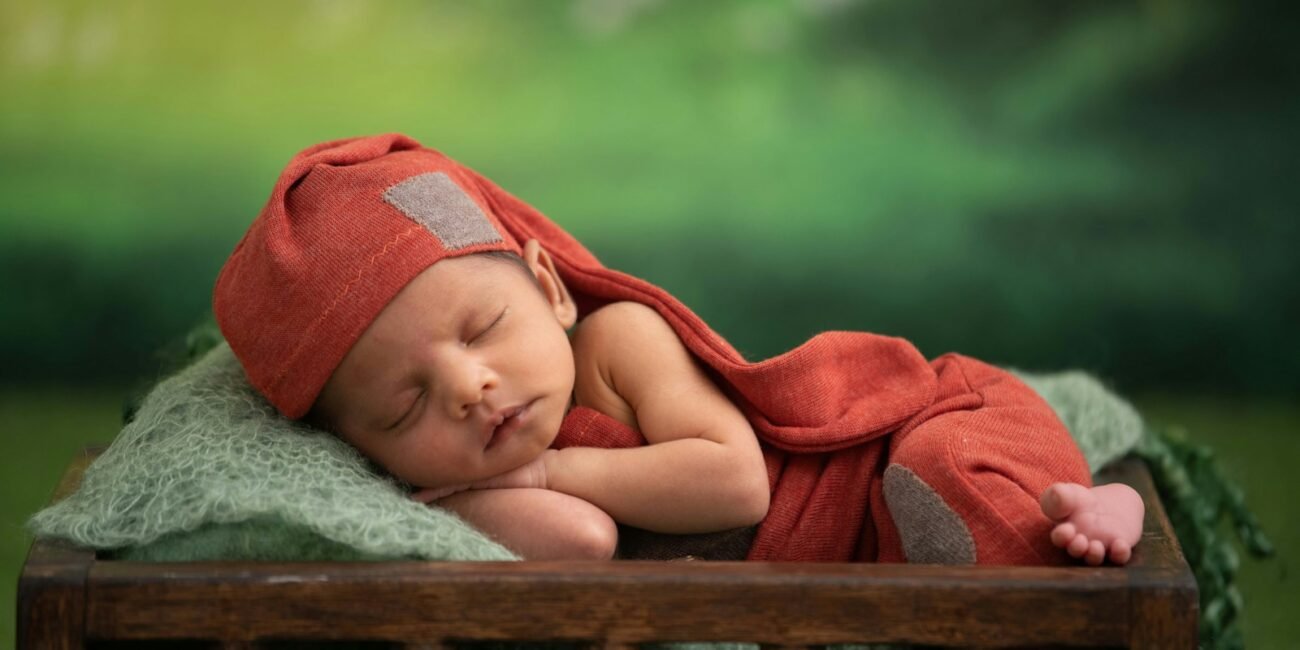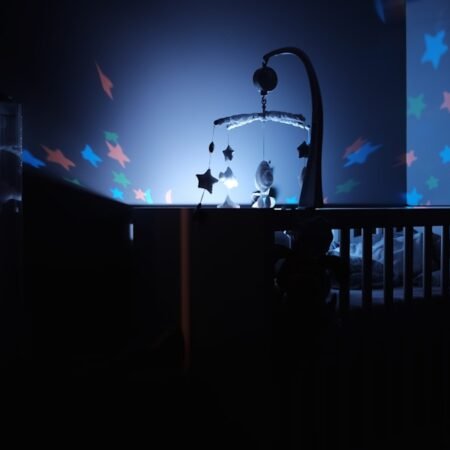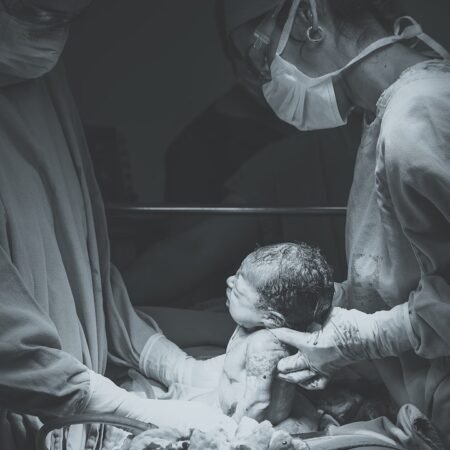Safe sleep practices for babies are crucial for their overall health and well-being. It is important for parents to understand the significance of creating a safe sleep environment for their little ones. Research has shown that following safe sleep guidelines can significantly reduce the risk of Sudden Infant Death Syndrome (SIDS) and other sleep-related accidents. By prioritizing safe sleep practices, parents can ensure that their babies are able to rest and grow in a secure and comfortable environment.
Furthermore, safe sleep practices are essential for promoting healthy brain development in babies. When babies are able to sleep safely and soundly, they are better able to consolidate memories, process new information, and regulate their emotions. This is why it is crucial for parents to prioritize safe sleep practices from the very beginning. By understanding the importance of safe sleep for babies, parents can take proactive steps to create a secure sleep environment for their little ones.
Key Takeaways
- Safe sleep is crucial for a baby’s health and well-being, reducing the risk of Sudden Infant Death Syndrome (SIDS).
- Create a safe sleep environment by placing your baby on their back on a firm mattress with no loose bedding or toys.
- Different age groups require different safe sleep practices, such as swaddling for newborns and using a sleep sack for older babies.
- Co-sleeping can be done safely by ensuring a firm mattress, no soft bedding, and avoiding alcohol or drugs that may impair your awareness.
- Recognize the signs of SIDS and take preventive measures such as using a pacifier and keeping the room at a comfortable temperature.
Creating a Safe Sleep Environment for Your Baby
Creating a safe sleep environment for your baby involves several key factors. First and foremost, it is important to ensure that your baby’s sleep space is free from any potential hazards. This means removing any loose bedding, pillows, stuffed animals, or other soft objects from the crib or bassinet. Additionally, it is important to ensure that the mattress is firm and fits snugly in the crib to prevent any gaps where the baby could become trapped.
In addition to removing potential hazards from the sleep space, it is important to dress your baby in appropriate sleep attire. Overheating can increase the risk of SIDS, so it is important to dress your baby in lightweight, breathable clothing and keep the room at a comfortable temperature. Finally, it is important to place your baby on their back to sleep, as this has been shown to significantly reduce the risk of SIDS. By creating a safe sleep environment for your baby, you can help ensure that they are able to rest peacefully and safely.
Safe Sleep Practices for Different Age Groups
Safe sleep practices can vary depending on the age of your baby. For newborns, it is important to prioritize safe sleep practices such as placing them on their back to sleep and ensuring that their sleep space is free from any potential hazards. As babies grow older and become more mobile, it is important to continue following safe sleep guidelines by ensuring that their crib or bed is free from any loose bedding or objects that could pose a suffocation hazard.
As babies transition into toddlerhood, it is important to continue prioritizing safe sleep practices by ensuring that their sleep environment remains free from potential hazards. Additionally, it is important to teach toddlers about the importance of safe sleep practices, such as not placing toys or other objects in their bed. By understanding safe sleep practices for different age groups, parents can ensure that their little ones are able to rest safely at every stage of development.
Tips for Safe Co-Sleeping with Your Baby
| Safe Sleep Practices for Infants | Statistics |
|---|---|
| Percentage of infants placed on their backs for sleep | 75% |
| Percentage of infants sharing a room with parents for the first 6 months | 61% |
| Percentage of infants sleeping in a crib or bassinet | 92% |
| Percentage of infants with soft bedding in sleep environment | 19% |

Co-sleeping can be a controversial topic, but for many families, it is a preferred sleeping arrangement. If you choose to co-sleep with your baby, it is important to follow safe sleep guidelines to reduce the risk of SIDS and other sleep-related accidents. This includes ensuring that the bed is free from any potential hazards, such as loose bedding or pillows, and that the mattress is firm and fits snugly against the bed frame.
Additionally, it is important to avoid co-sleeping if you are under the influence of alcohol or drugs, as this can increase the risk of accidents. It is also important to ensure that there are no gaps between the mattress and the bed frame where your baby could become trapped. By following these tips for safe co-sleeping, parents can ensure that their baby is able to rest safely and comfortably.
Recognizing and Preventing Sudden Infant Death Syndrome (SIDS)

Sudden Infant Death Syndrome (SIDS) is a devastating and unexplained phenomenon that can occur during a baby’s sleep. While the exact cause of SIDS is still unknown, there are several risk factors that have been identified, including overheating, exposure to tobacco smoke, and sleeping on soft surfaces. By recognizing these risk factors and taking proactive steps to prevent them, parents can reduce the risk of SIDS and promote safe sleep practices for their babies.
In addition to following safe sleep guidelines, there are several other steps that parents can take to reduce the risk of SIDS. This includes breastfeeding, which has been shown to reduce the risk of SIDS by up to 50%. Additionally, it is important to ensure that your baby receives regular check-ups and vaccinations, as these can also help reduce the risk of SIDS. By recognizing and preventing SIDS, parents can take proactive steps to ensure that their baby is able to rest safely and soundly.
Safe Sleep Products and Equipment for Your Baby
When it comes to creating a safe sleep environment for your baby, it is important to choose the right products and equipment. This includes selecting a crib or bassinet that meets current safety standards and ensuring that the mattress fits snugly in the frame. Additionally, it is important to choose appropriate bedding that fits snugly around the mattress and does not pose a suffocation hazard.
In addition to selecting the right products and equipment for your baby’s sleep environment, it is important to regularly inspect these items for any signs of wear or damage. This includes checking for loose screws or bolts on the crib or bassinet and ensuring that the mattress remains firm and supportive. By choosing safe sleep products and equipment for your baby, you can help ensure that they are able to rest safely and comfortably.
Navigating Safe Sleep Challenges and Solutions for Your Baby
Navigating safe sleep challenges can be a daunting task for many parents, but there are several solutions that can help promote safe sleep practices for your baby. For example, if your baby has difficulty sleeping on their back, you can try using a swaddle or sleep sack to help keep them in a safe sleeping position. Additionally, if your baby has reflux or other medical conditions that make sleeping on their back difficult, you can speak with your pediatrician about alternative sleeping positions that are safe.
It is also important to address any concerns or questions you may have about safe sleep practices with your pediatrician or other healthcare professionals. They can provide guidance and support as you navigate safe sleep challenges with your baby. By seeking out solutions and support, parents can ensure that their baby is able to rest safely and soundly.
In conclusion, safe sleep practices are essential for promoting the health and well-being of babies. By understanding the importance of safe sleep, creating a secure sleep environment, following safe sleep guidelines for different age groups, practicing safe co-sleeping, recognizing and preventing SIDS, choosing safe sleep products and equipment, and navigating safe sleep challenges with solutions, parents can ensure that their little ones are able to rest safely and soundly. Prioritizing safe sleep practices from the very beginning can help set the stage for healthy sleep habits that will benefit babies throughout their development.
FAQs
What are safe sleep practices for babies?
Safe sleep practices for babies include placing them on their back to sleep, using a firm mattress with a fitted sheet, avoiding soft bedding and toys in the crib, and keeping the sleeping area free from hazards.
Why is it important for babies to sleep on their back?
Placing babies on their back to sleep reduces the risk of Sudden Infant Death Syndrome (SIDS) and helps ensure their airway remains clear during sleep.
What should be avoided in a baby’s sleep environment?
Soft bedding, including pillows, blankets, and crib bumpers, should be avoided in a baby’s sleep environment. Additionally, toys, loose bedding, and other potential hazards should be kept out of the crib.
At what age should babies stop sleeping in a crib?
Babies should transition to a toddler bed or regular bed when they are able to climb out of the crib, typically around 2-3 years of age.
What are some tips for creating a safe sleep environment for babies?
Some tips for creating a safe sleep environment for babies include using a firm mattress with a fitted sheet, keeping the sleeping area free from hazards, and avoiding overheating by dressing the baby in light sleep clothing.






















